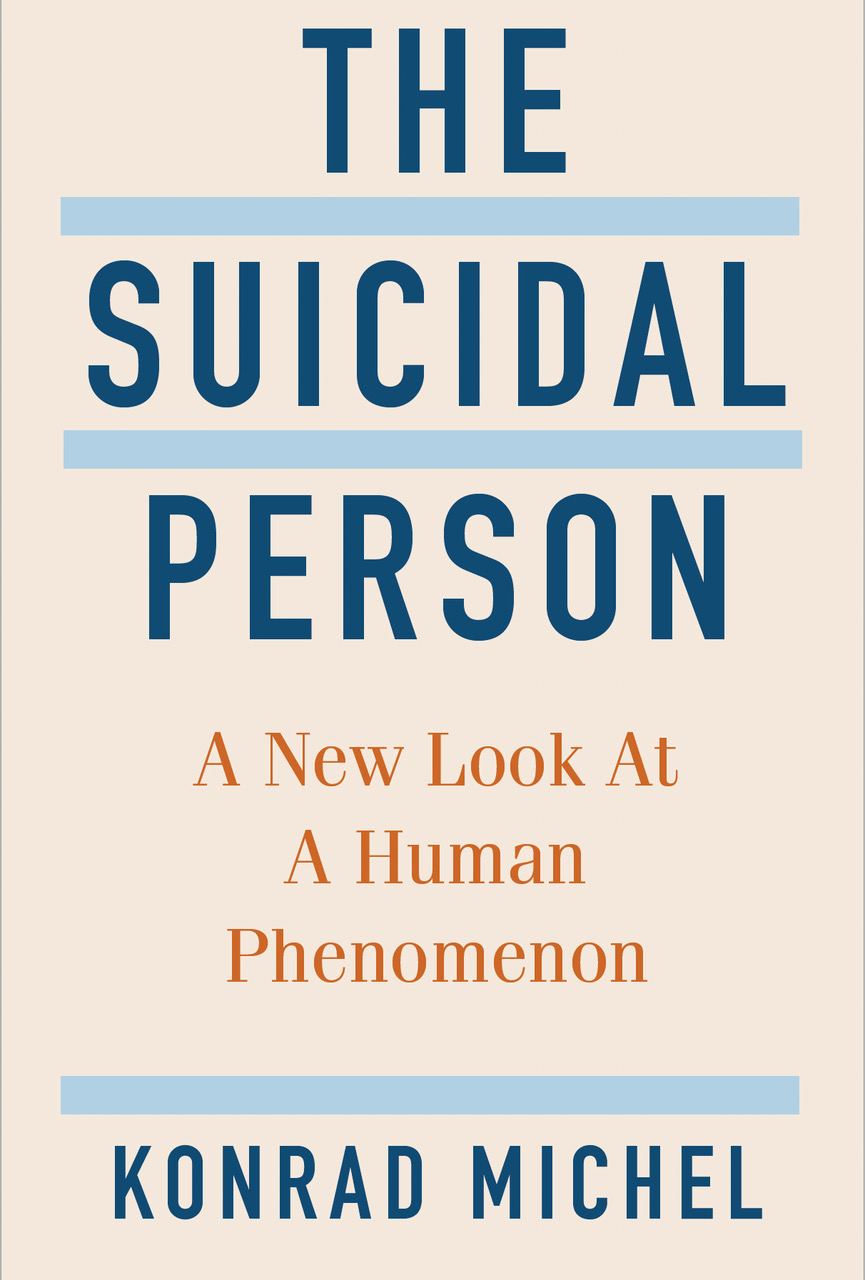Konrad Michel, MD, Psychiatrist from the University of Bern, Switzerland, discusses the clinical approach to suicidal patients, providing a new look at a human phenomenon
Suicide rates are declining in many European countries; in others, they are rising. Suicide is one of the leading causes of death for adolescents and young adults worldwide. Many countries have National Suicide Prevention Programmes, but it is difficult to show that they affect suicide rates. There is evidence that reducing the availability of suicide methods, and promoting responsible media reporting on suicide can reduce suicidal behaviour.
Recognition and assessment of suicide risk in clinical settings, e.g. in primary care and emergency rooms, is flawed because individual risk prediction is virtually impossible. Even on the day of suicide, people often deny suicidal thoughts or plans. Individuals with a history of attempted suicide have a long-term increased suicide risk, but they tend to drop out of follow-up treatments prematurely. In summary, a major obstacle in suicide prevention is that people tend to keep their suicidal thoughts to themselves and do not seek professional help.

Learning to understand the suicidal mind from clinical work with suicidal patients
Theoretical models of suicide and understanding suicide from a patient perspective are two different approaches to suicidality. At the University Hospital of Psychiatry in Bern, Switzerland, we conducted hundreds of video-recorded narrative interviews with people who had attempted suicide. A major insight gained was that people describe suicidal development as consistent with their sense of self. Suicide appears as an ego-syntonic, personally acceptable solution to repeated emotional crises, threatening the person’s sense of identity and stability.
From our clinical work with suicidal patients, we developed a model of understanding suicidality based on the notion that suicide and suicide attempts are goal-directed actions whose dynamics can be understood in a biographical context (1). The suicide action is usually triggered by an adverse experience meeting a person’s specific vulnerability, resulting in high emotional stress and a change in brain function characterised by symptoms of dissociation, described by patients as acting like a robot, not being their usual selves.
The Attempted Suicide Short Intervention Program ASSIP
The person-centred narrative approach was associated with a higher patient-rated quality of the therapeutic relationship. Many patients reported that for the first time, they were able to understand the development of their own suicidal crisis and the life-threatening suicide action. This encouraged us to translate our findings into a brief therapy programme, the Attempted Suicide Short Intervention Program ASSIP
In an RCT with 120 patients, we found that ASSIP had an amazing long-term effect in that it reduced the risk of suicide reattempts by a remarkable 80% (2). The components of the three-session therapy are:
- A narrative interview, video-recorded.
- A video-playback session in which the therapist and patient collaboratively reflect on the suicidal development.
- A homework task as collaborative psychoeducation.
- A jointly developed written case formulation with suicide warning signs and personal safety strategies.
The face-to-face sessions are followed by regular outreach contacts over two years. In ASSIP, mental health issues such as affective disorders are considered risk factors (that need treatment) but not the cause of suicide.
Implications of the suicide-as-action model
The medical, risk-factor-based model of suicide and the subjective inner experience of the suicidal person do not match. Health professionals who understand suicide as a consequence of mental disorders will ask questions about symptoms of depression, etc., while patients have their own experiential understanding of what made them think of suicide as a viable solution to mental pain, shame, and self-hate.
Medical professionals and suicidal patients use, so to speak, different “suicide languages”. When patients feel that the interviewer will not understand their inner turmoil, they will keep their suicidal thoughts and plans to themselves. The typical medical consultation with the suicidal patient has aptly been characterised as “dancing without touching.”
We need a new paradigm for the clinical work with suicidal patients. For instance, our working group recommended that when interviewing a suicidal patient, clinicians should start with a narrative approach, to find a shared understanding and establish a therapeutic alliance, before moving on to the mental health assessment. (3)
We need to reach out to people who do not seek help
More than fifty percent of people who die by suicide do not seek help in the month before their death, a figure which amounts worldwide to a staggering 400,000 suicides every year.
We need to find ways to disseminate suicide health literacy. The public needs to have a basic knowledge of how a suicidal crisis can develop and when suicidal thoughts are dangerous. People need to know that a suicidal development can be stopped before it is too late (see animated video What Everyone Should Know About Suicide). To achieve this, we need models of suicide that are meaningful to a broad public and easy to understand.
In “The Suicidal Person – A New Look at a Human Phenomenon” (2023), I have outlined what a change of paradigm could look like. National prevention projects could be instrumental in promoting a new model of suicide and should involve people with lived experience. International associations such as IASP (International Association of Suicide Prevention) could play a significant role in changing the suicide narrative.
References
- Michel, K. and L. Valach, Suicide as goal-directed action. Archives of Suicide Research, 1997. 3(3): p. 213-221.
- Gysin-Maillart, A., et al., A Novel Brief Therapy for Patients Who Attempt Suicide: A 24-months Follow-Up Randomized Controlled Study of the Attempted Suicide Short Intervention Program (ASSIP). PLoS Med, 2016. 13(3): p. e1001968.
- Michel, K., et al., Discovering the truth in attempted suicide. American Journal of Psychotherapy, 2002. 56(3): p. 424-37.


